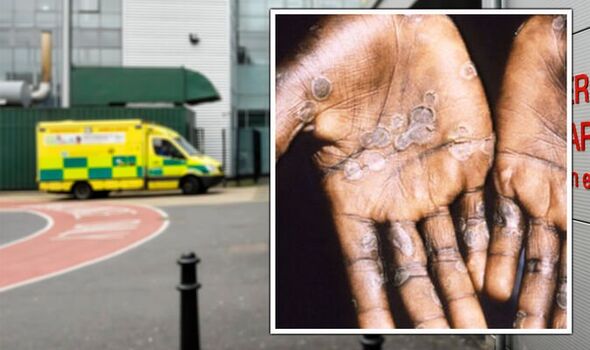The monkeypox virus belongs to the orthopoxvirus family, which includes the variola virus, which causes smallpox, and the vaccinia virus, which was used in the smallpox vaccine. Monkeypox has symptoms that are comparable to smallpox but are less severe.

While smallpox was eradicated globally in 1980 due to vaccination, monkeypox still exists in a number of nations in Central and West Africa, as well as elsewhere. Two separate clades have been found by the World Health Organization (WHO): the West African clade and the Congo Basin clade, often known as the Central African clade.
Monkeypox is a zoonotic illness, meaning it is spread from sick animals to people. According to the WHO, infections occur near tropical rainforests that are home to virus-carrying animals. Squirrels, Gambian poached rats, dormice, and various monkey species have all been shown to be infected with the monkeypox virus.
Human-to-human transmission, on the other hand, is restricted. According to the WHO, the longest known chain of transmission is six generations, meaning the last individual infected in this chain was six connections distant from the original ill person. On Saturday, Dr Colin Brown, Director of the UK Health Security Agency (UKHSA), said, “It is essential to emphasise that monkeypox does not travel easily between individuals and the overall danger to the general population is quite low.”
Contact with body fluids, sores on the skin, internal mucosal surfaces such as the mouth or throat, respiratory droplets, and infected items can all lead to transmission, according to the WHO.
Monkeypox is characterised by a fever, headache, muscular pains, back discomfort, and weariness, according to the US Centers for Disease Control and Prevention (CDC). It also causes lymphadenopathy (swelling of the lymph nodes), while smallpox does not. The World Health Organization emphasises the need of distinguishing monkeypox from chickenpox, measles, bacterial skin diseases, scabies, syphilis, and medication-related allergies.
Monkeypox takes 7-14 days to incubate (from infection to symptoms), although it can take anywhere from 5 to 21 days. A rash appears on the patient’s face and spreads to other areas of the body within a day to three days following the commencement of fever. The skin eruption stage can continue anywhere from two to four weeks, during which time the lesions harden and become painful, fill up with clear fluid and later pus, and produce scabs or crusts.
According to the WHO, the proportion of patients who died in reported cases ranged from 0% to 11%, with the proportion being greater among small children.
According to the CDC’s monkeypox summary, the virus was initially found in 1958 after two outbreaks of a pox-like disease in laboratory monkey colonies, leading to the moniker “monkeypox.”
The first human case of smallpox was discovered in the Democratic Republic of the Congo (DRC) in 1970, at a period of increased efforts to eradicate the disease.
According to the WHO, human cases of monkeypox have been recorded in 15 countries across four continents.
In the Democratic Republic of the Congo, the Central African Republic, the Republic of the Congo, Gabon, Cameroon, Nigeria, Côte d’Ivoire, Liberia, and Sierra Leone, locally acquired cases have been verified.
Imported cases have been discovered in Africa’s South Sudan and Benin, as well as in the United States, the United Kingdom, Israel, and Singapore.

